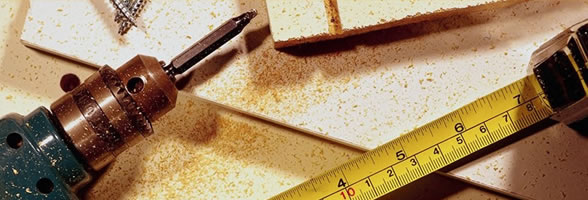
Primary eccrine porocarcinoma: Prognostic histological factors can guide the surgical procedure

Belin E et al. Factors in the surgical management of primary eccrine porocarcinoma: Prognostic histological factors can guide the surgical procedure. Br J Dermatol 2011 Nov; 165:985.
To determine which characteristics of EPCs predict outcome, these authors reviewed clinical data from patient records and results of immunostaining for antiepidermal growth factor receptor (anti-EGFR) in 24 patients with EPCs (15 men; mean age, 72).
Histologic samples were classified as demonstrating one of three tumor subtypes: infiltrative, "pushing," or pagetoid. Recurrences developed in eight patients (35%), five of whom had local, cutaneous recurrences and two of whom had regional recurrences in the lymph node. A statistically significant correlation between risk for recurrence and a pagetoid EPC growth pattern was seen. Recurrence was not associated with EGFR status. The authors propose excisional biopsy of the primary EPC and additional excision of infiltrative or pagetoid porocarcinomas using a modified Mohs procedure, but no additional surgery for "pushing" tumors if the first excisional biopsy is complete.
Comment: The low incidence of eccrine neoplasms is one reason that a clear tumor classification system has been absent and prognostic factors unidentified. To date, fewer than 300 cases have been reported in the literature. Most of these tumors arise from a preexisting benign eccrine poroma.
Histologic findings that have been associated with aggressive behavior in these tumors are lymphovascular invasion, presence of more than 14 mitoses per high-powered field, and tumor depth greater than 7 mm. Other histologic features that should be included in the pathology report are the presence of pagetoid spread or an infiltrative growth pattern.
No standard therapeutic protocol exists for eccrine porocarcinoma. Wide surgical excision and addition of a modified Mohs procedure are sensible in view of the propensity toward local recurrence in aggressive subtypes. Close follow-up in the first 1.5 years after treatment will facilitate early capture of cutaneous recurrences.
Published in Journal Watch Dermatology January 27, 2012
